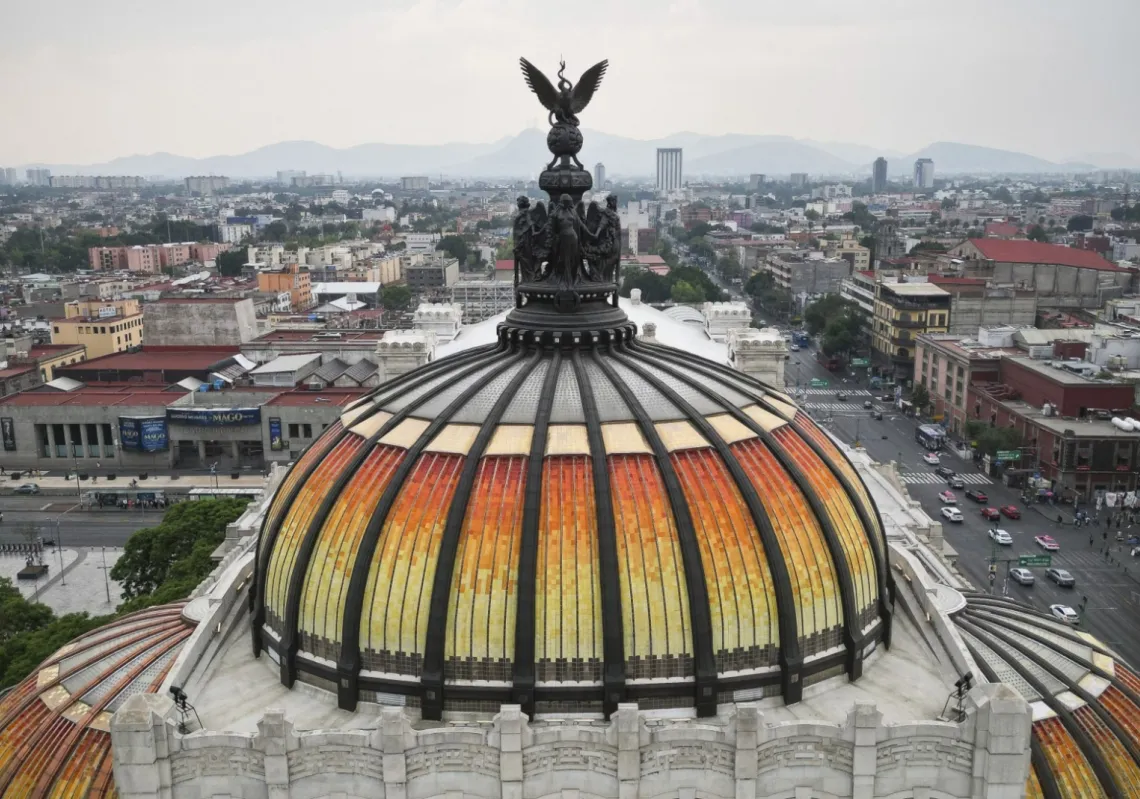The Israeli army told the world it targeted the second most senior leader in the military wing of Hamas in an air strike on the Nuseirat camp in the central Gaza Strip. It claimed that Marwan Issa of the Al-Qassam Brigades was killed in a 12 March attack.
Hamas has neither confirmed nor denied the claims. This silence has allowed Israel’s version of events to go unchallenged.
Israeli Defense Minister Yoav Galant stated that, according to Israeli intelligence, Marwan Issa was believed to be in an underground tunnel at the time of the attack. Still, it remains unclear whether this latest assassination attempt worked.
It follows the killing of Saleh al-Arouri, a Hamas leader in the West Bank, via a drone strike in Lebanon in January. That attack led Israel’s Prime Minister Benjamin Netanyahu to claim: "We are on the way to total victory. On the way to this victory, we already eliminated number four in Hamas. Three, two, and one are on the way."
Netanyahu's No. 3 was a reference to Issa. No. 2 is Mohammed Deif, the military wing commander, and No. 1 is Yahya Sinwar, the head of Hamas in the Gaza Strip.
Born in Bureij
Issa’s story began in 1965. The man who would be known as "the shadow man" was born in the Bureij refugee camp in the central-eastern Gaza Strip. His family were displaced there during the 1948 Nakba from the village of Beit Tima in Gaza.
Known for his strength, he was a distinguished basketball player at the Al-Bureij Services Club. But Issa's sports career was cut short when he was arrested by Israel during the first Intifada in 1987. He was imprisoned for five years on charges of joining Hamas.
ELIMINATED: Deputy Head of Hamas’ Military Wing, Marwan Issa and Head of Hamas’ Administrative and Combat Support Staff, Ghazi Abu Tamaa.
Responsible for planning the October 7 Massacre, these two senior terrorist operatives were eliminated in a precise IAF strike. pic.twitter.com/IAqVRSW66v
— Israel Defense Forces (@IDF) March 26, 2024
A meeting in a mosque
Issa became involved with Hamas through Dr. Ibrahim al-Maqadma—a key leader of the movement who was assassinated by Israel in 2003. They met during one of al-Maqadma's weekly mosque lessons in the Bureij refugee camp.
Eventually, Issa rose to lead the Special Operations Unit of the Al-Qassam Brigades. By the time of the 7 October attack, Issa was serving as the Al-Qassam Brigades chief of staff, the title usually held by the group’s deputy commander-in-chief. He was also an elected member of Hamas's political and military bureau.
Issa’s rise came from a series of operations he planned in retaliation for the 1996 assassination of Yahya Ayyash. This led to his arrest by the Palestinian Authority and four years of detention until the outbreak of the Second Palestinian Intifada in 2000.
Issa maintained a low profile during this time, rarely appearing in media or official statements. He remained largely out of the public eye until 2005 when the Al-Qassam Brigades publicly acknowledged him as one of its top leaders just before the Israeli withdrawal from the Gaza Strip in September of that year.
Assassination attempts
In 2006, he narrowly escaped an Israeli assassination attempt and continued to stay away from the media spotlight.
However, he played a key role in negotiating the 2011 prisoner exchange deal that led to the release of 1,027 Palestinian prisoners in exchange for the captured Israeli soldier, Gilad Shalit.
Following the 2012 assassination of Mohammed al-Deif's deputy, Ahmed al-Jaabari, Issa took over his role as deputy commander-in-chief.













